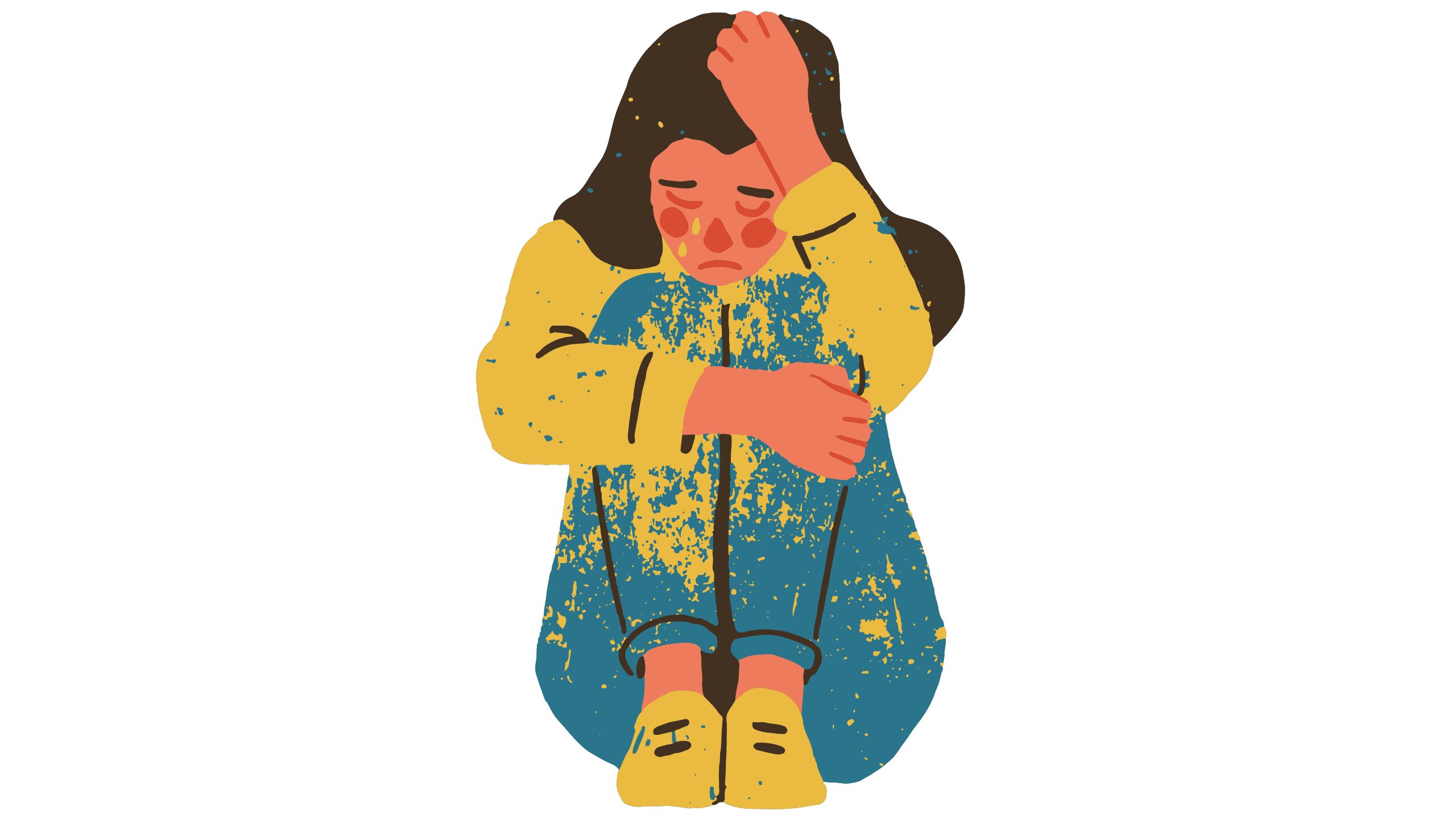K-Pop Demon Hunters: The Journey From Shame to Authenticity
The animated musical fantasy film K-Pop Demon Hunters (2025) has become much more than just a flashy entertainment spectacle. Beneath its high-energy K-pop numbers, dazzling choreography, and supernatural showdowns lies a deeper emotional current: one about shame, identity, human connection, and the courage it takes to show up as your true self. Let’s unpack how K-Pop Demon Hunters uses its fantasy framework not just for …





